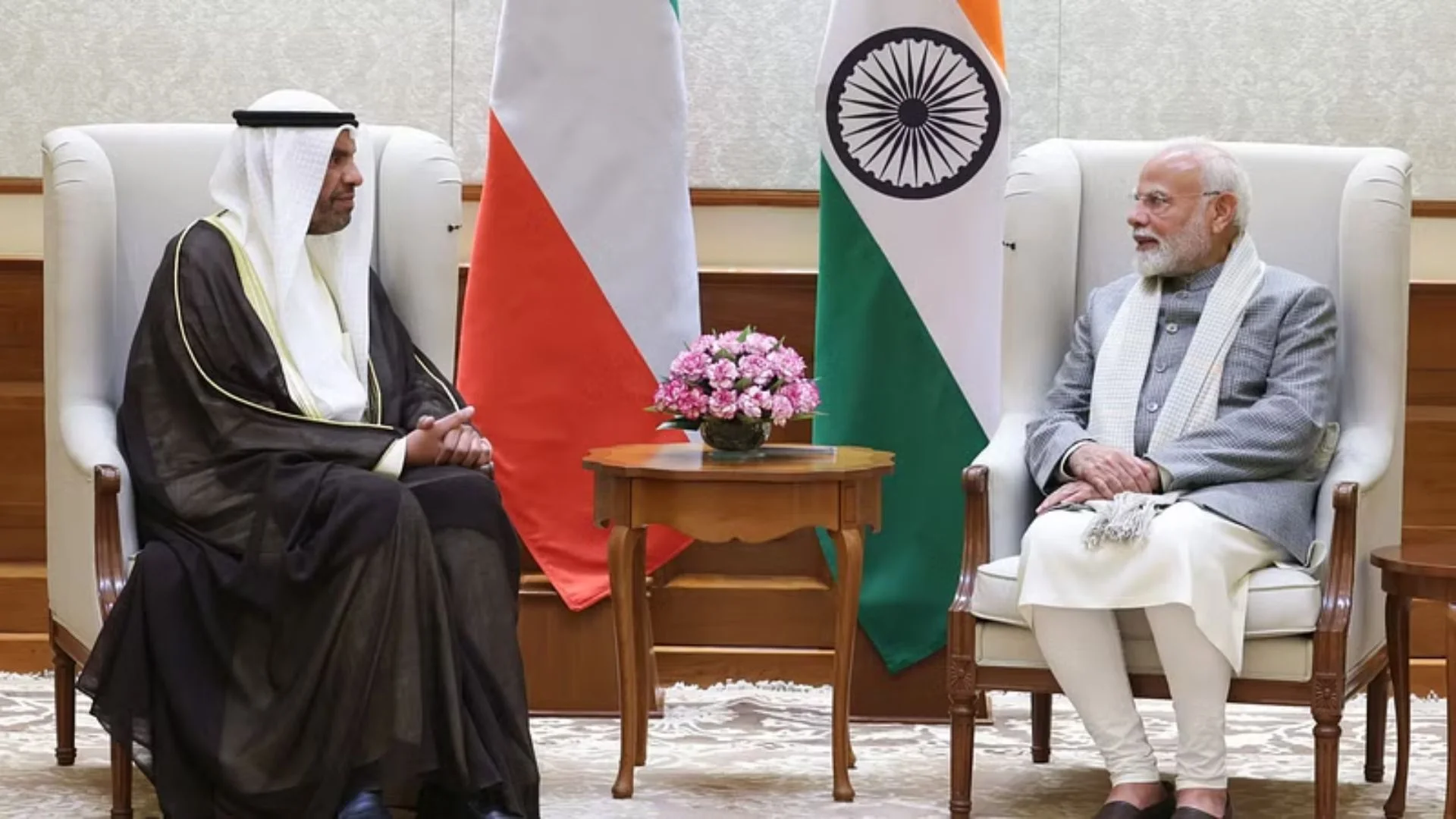There are only a few hours until the launch of Chandrayaan-3, India’s third lunar exploration mission, which will be carried out by the Indian Space Research Organisation (ISRO) on Friday. The GSLV Mark 3 (LVM 3) heavy-lift launch vehicle, which will release the moon lander and rover into space, will lift off from Satish Dhawan Space Centre in Andhra Pradesh’s Sriharikota at 2.30 pm. The countdown for the launch began on Thursday at 14:35:17 IST, ahead of the lift-off on Friday. Chandrayaan-3 will be ISRO’s follow-up attempt after the Chandrayaan-2 mission faced challenges during its soft landing on the lunar surface in 2019 and was eventually deemed to have failed its mission objectives.
The ‘Launch Rehearsal’ simulating the entire launch preparation and process was concluded earlier by the ISRO.
Chandrayaan-3 is equipped with a lander, a rover and a propulsion module. It weighs around 3,900 kilograms. The ISRO’s third lunar exploration mission is equipped with eight payloads. The experiments to be carried out by Chandrayan 3 include the Vikram lander (named after Space scientist Vikram Sarabhai) which will carry 4 instruments, Pragyan (Saanskrit for Wisdom) rover will carry two instruments and Propulsion Module or the Orbiter will carry one experiment.
Vikram lander’s experiments include Chandra’s Surface Thermophysical Experiment (ChaSTE) to measure surface thermal properties, Instrument for Lunar Seismic Activity (ILSA) to measure seismicity around the landing site, Radio Anatomy of Moon Bound Hypersensitive ionosphere and Atmosphere (RAMBHA) to study the gas and plasma environment, and Passive laser retroreflector array provided by NASA for lunar ranging studies.
While the Pragyan (Saanskrit for Wisdom) rover will carry two instruments to study the surface elemental composition — Alpha Particle X-ray Spectrometer (APXS) that will help determine the elemental composition of the lunar soil and rocks around the landing site and Laser Induced Breakdown Spectroscope (LIBS) which will conduct qualitative and quantitative elemental analysis in order to infer the chemical and mineralogical composition of the lunar surface.
The Propulsion Module or the Orbiter will carry Spectropolarimetry of Habitable Planet Earth (SHAPE) to study Earth’s spectral and polarimetric measurements from lunar orbit. This helps scientists analyse the reflected light from exoplanets and determine whether they would qualify for habitability.
The journey from Earth to the moon for the spacecraft is estimated to take about a month and the landing is expected on August 23.
Upon landing, it will operate for one lunar day, which is approximately 14 Earth days. One day on the Moon is equal to 14 days on Earth.
K Sivan, former director of ISRO, told ANI that the success of mission Chandrayan-3 will give a morale boost to programmes like Gaganyan, India’s first manned space mission.
Chandrayaan-3’s development phase commenced in January 2020 with the launch planned sometime in 2021, but the Covid-19 pandemic brought an unforeseen delay to the mission’s progress.
The major discovery of the Chandrayaan-1 mission, launched in 2008, was the detection of water (H2O) and hydroxyl (OH) on the lunar surface. Data mined by the rover then also revealed their enhanced abundance towards the polar region.
The primary science objective of the mission was to prepare a three-dimensional atlas of both the near and far sides of the Moon and to conduct chemical and mineralogical mapping of the entire lunar surface with high spatial resolution, Vikram Sarabhai Space Centre under ISRO had said. A successful lunar mission by India will improve life on Earth and allow it to explore the rest of the solar system and beyond. The moon is a repository for the Earth’s past. S. Somanath, the director of the Indian Space and Research Organization (ISRO), previously stated that the spacecraft will land on the moon on August 23 if all goes well. According to him, the landing date was chosen based on the moon’s sunrise, but if it is delayed, it might happen next month.







